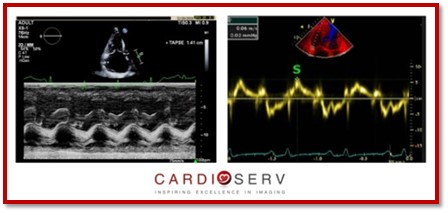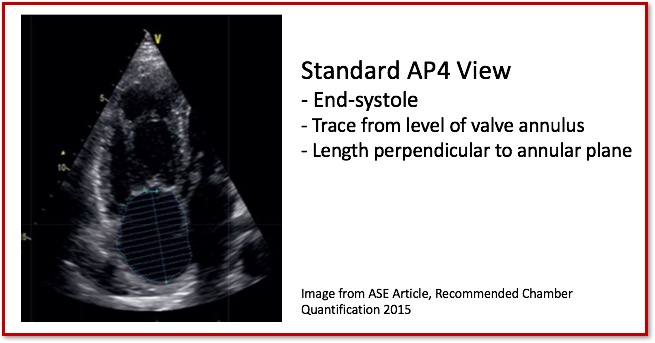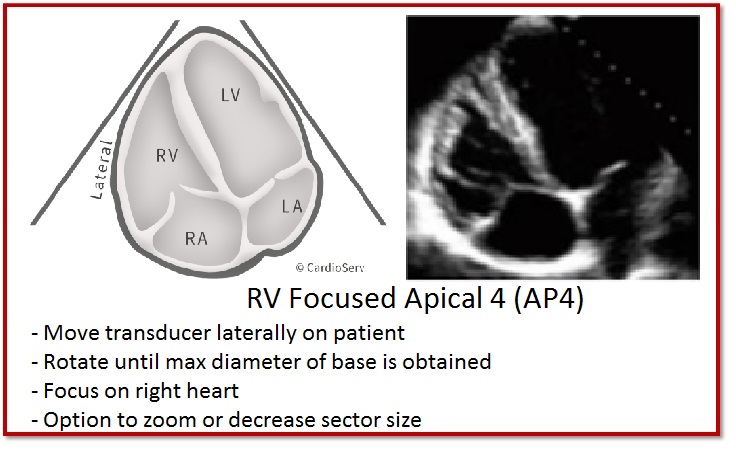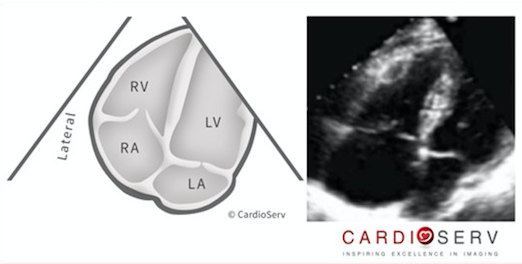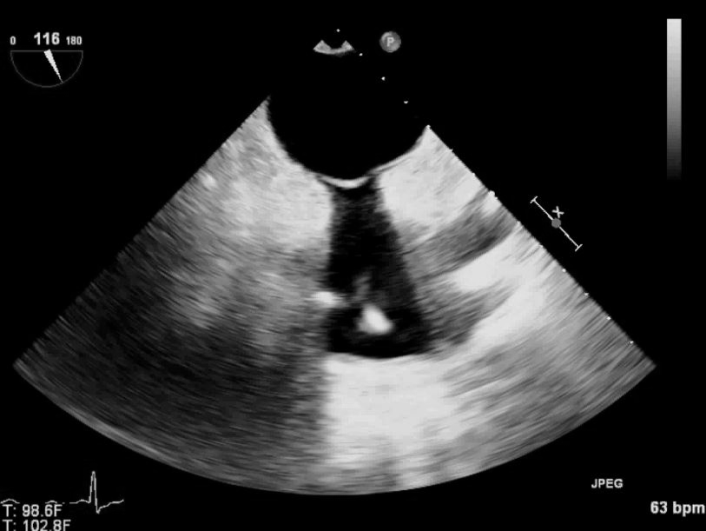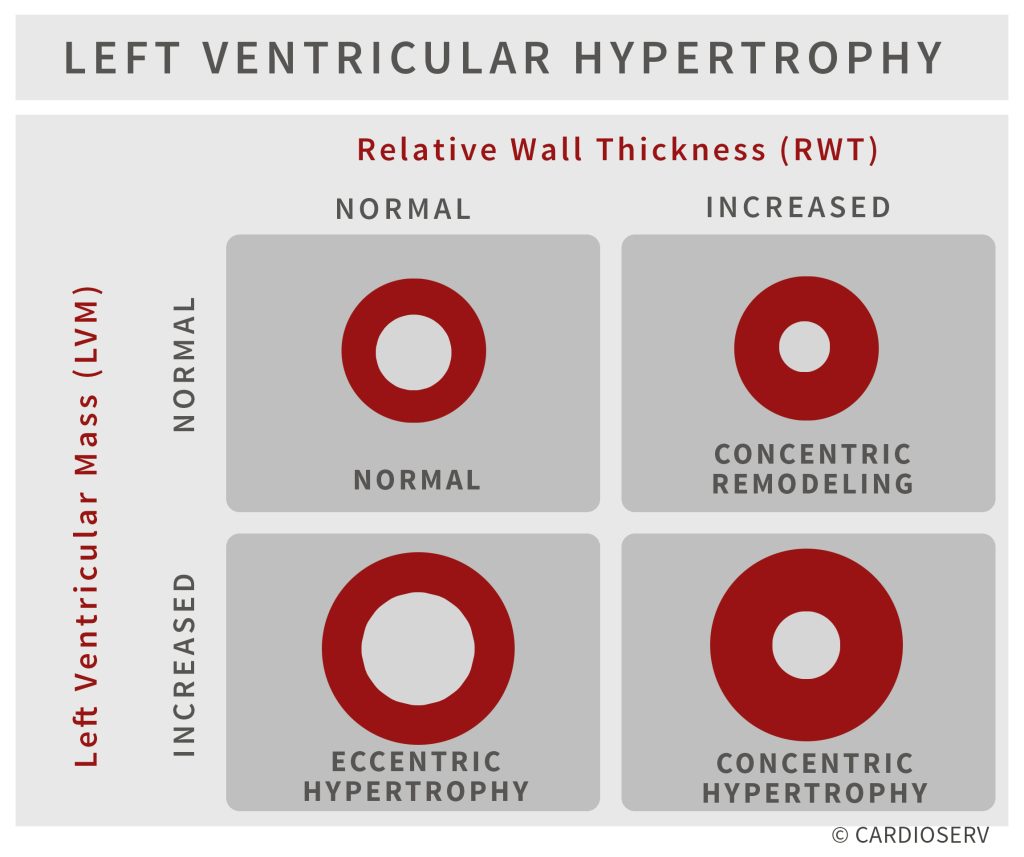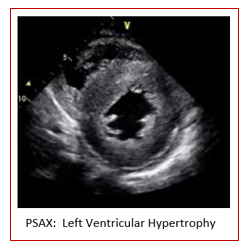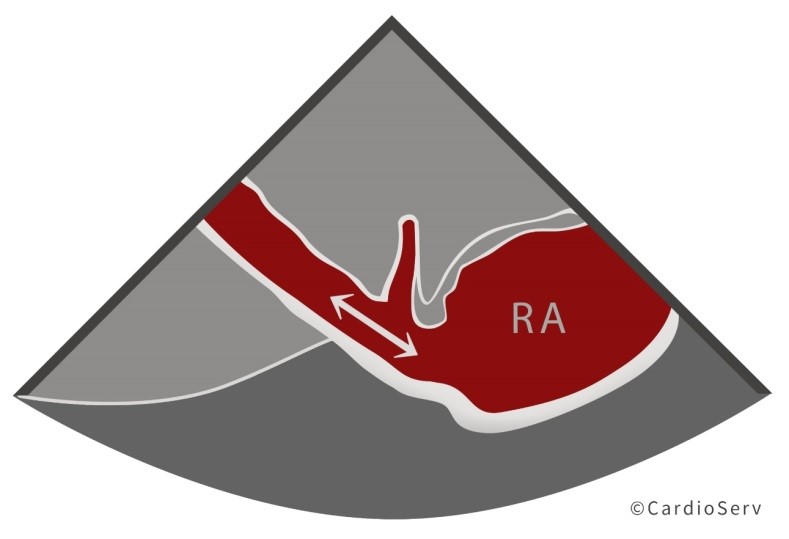8 Tips to Correct RV Function Assessment with TAPSE & S’ Wave
We dedicated the month of April to learning about ways to implement right heart quantification into our routine exams. This month, we are going to continue that journey and discuss ways to evaluate the function of the right heart!
8 Tips to Correct RV Function Assessment with TAPSE & S’ Wave Read More »

